
What is greenwashing? Why does it happen? Why is it undesirable? (And other questions you may have…)
The 7 Green Sins (Common Indicators of Greenwashing)
1. Painting it Green
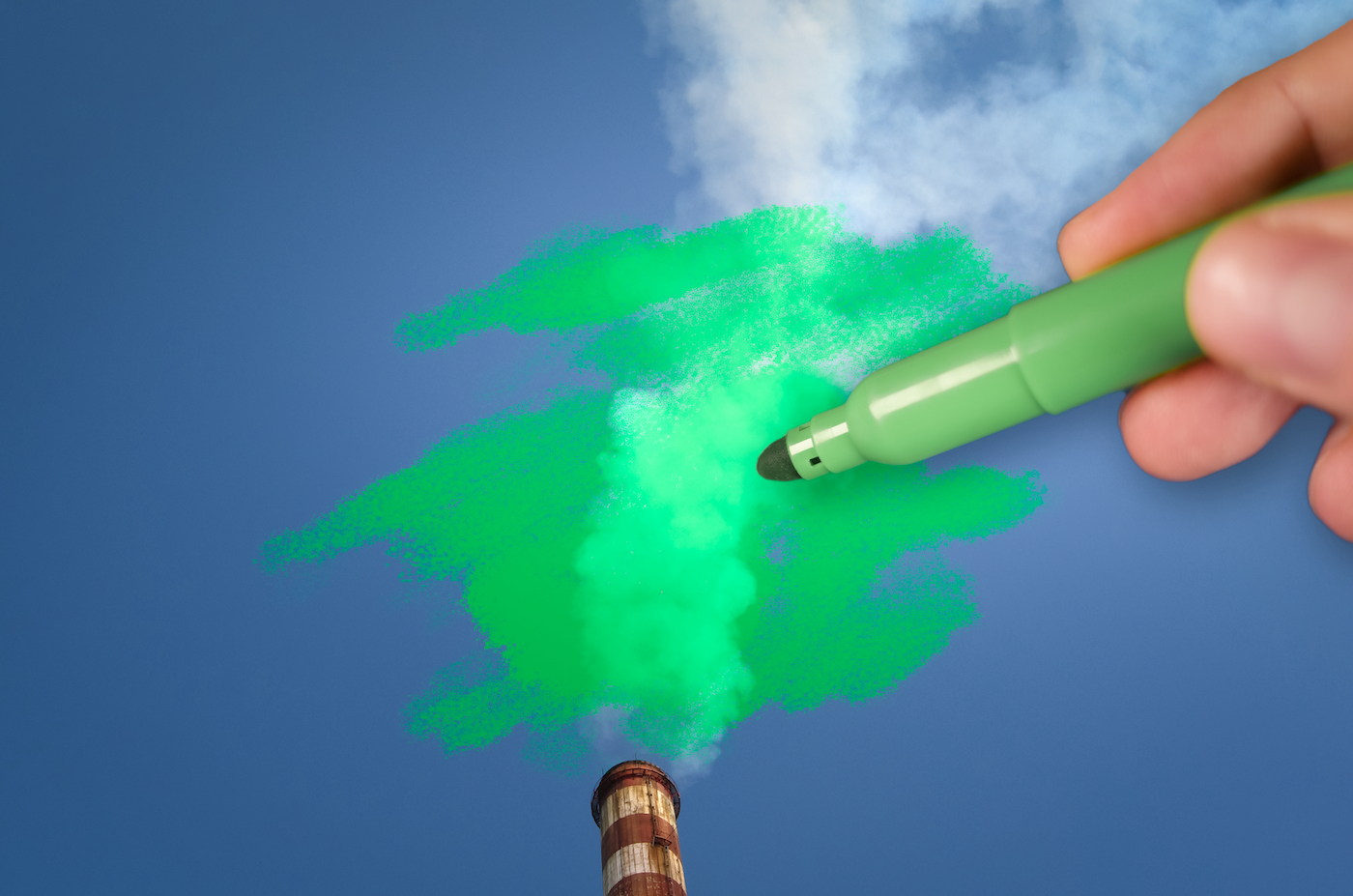
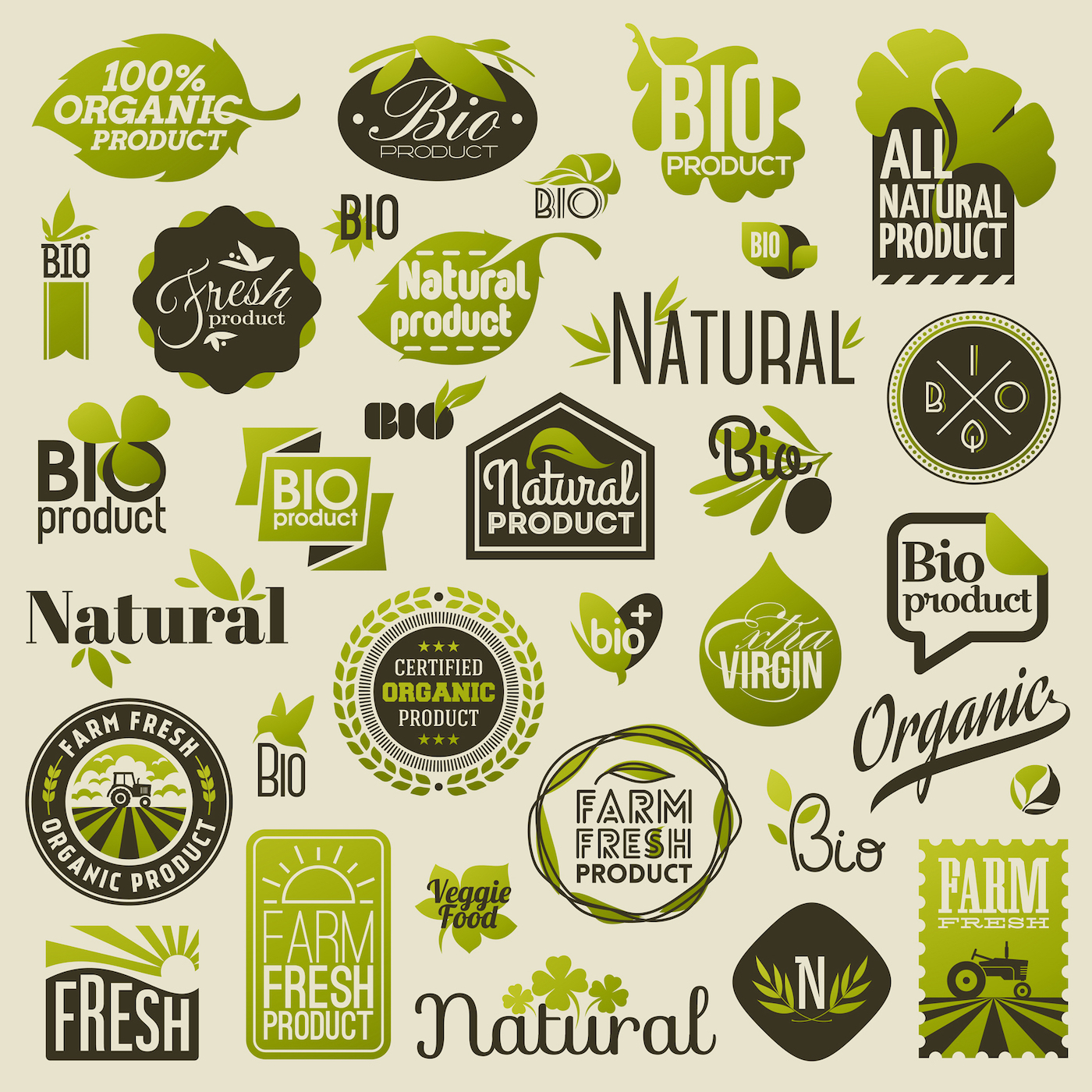
2. Fluffing it Up
3. The Green Campaign
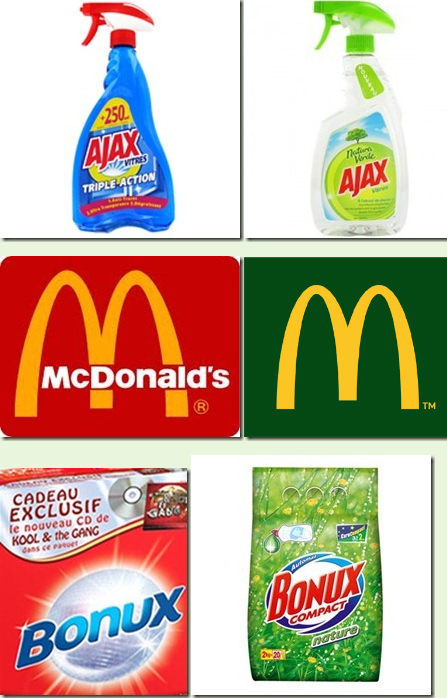
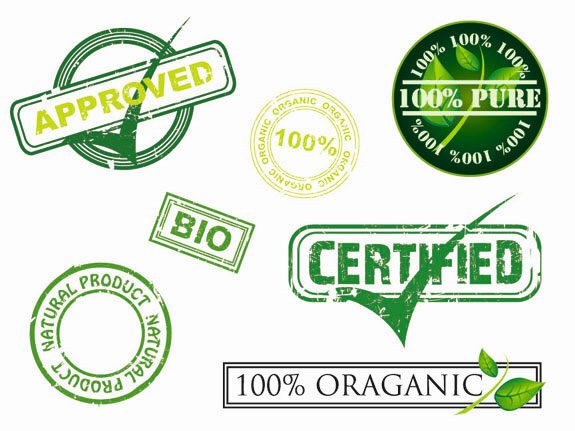
4. Faking it
5. Lacking Proof
Alongside common greenwashing practices is almost always a lack of proof to support claims of environmental sustainability. While a company might make statements about their positive environmental impacts (e.g., reducing carbon emissions, or an eco-friendlier material in their products), without proof, they lose a lot of their credibility and trust from consumers. This proof could be in the form of scientific evidence, certified third-party support, or a detailed explanation. If this information is missing, hidden away out of the consumer’s sight, or extremely difficult to find, there’s a good chance that there’s some greenwashing going on.

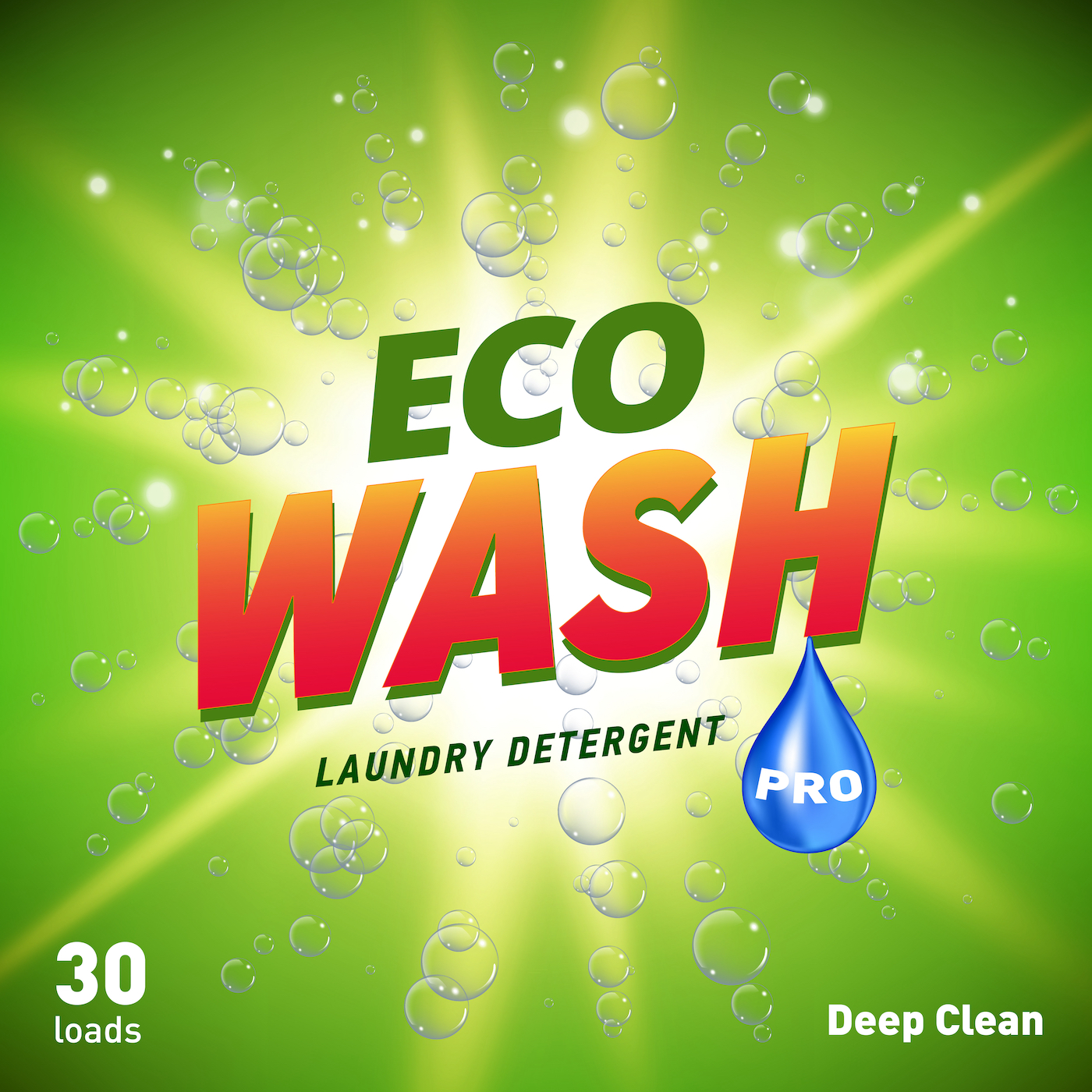
6. Sneaky Deceptions
7. Contradictory Behaviour
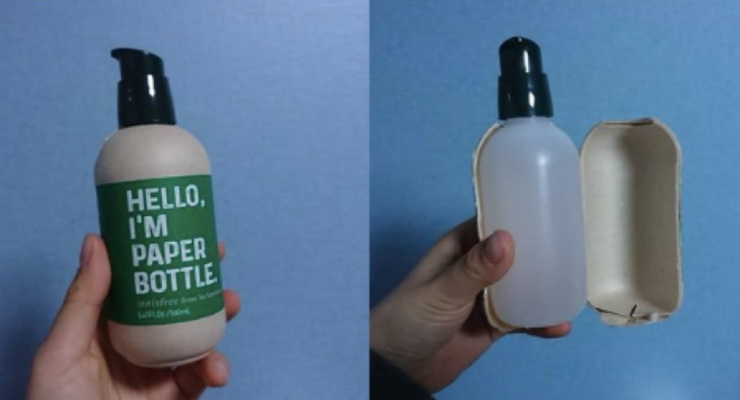
Approaching Greenwashing in Real Life
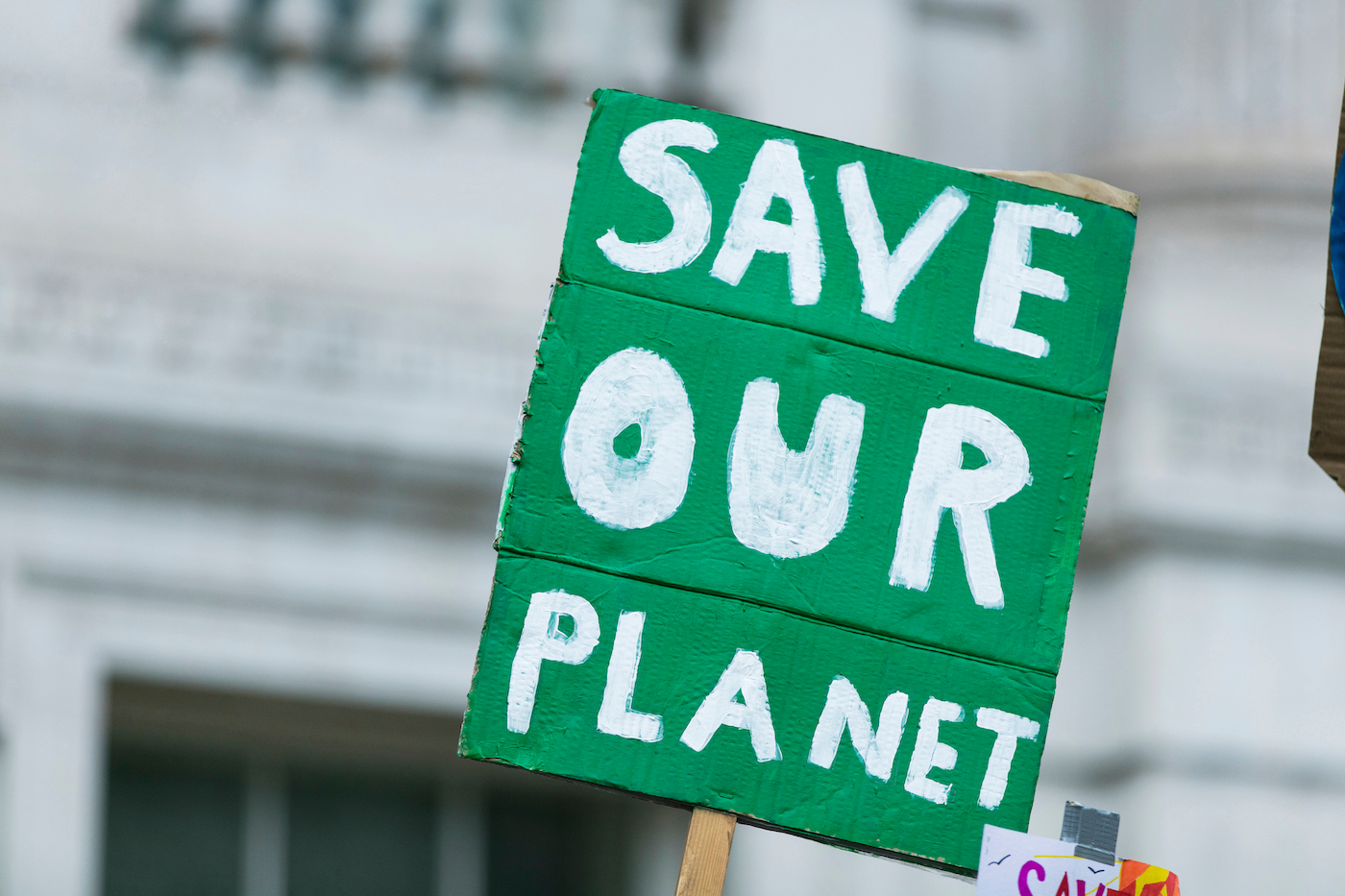
Next steps: Avoiding greenwashing as a business
- Be transparent and honest. This one is essential and connected to every key step. Transparency about sustainability efforts might be describing a concrete plan to reach certain goals, admitting limitations, and clearly detailing current sustainable practices. Misrepresenting or hiding information to the consumers almost always backfires—it’s not worth it to see consumers lose all trust, and for your business to face severe repercussions.
- Test your own claims. This one is essential and connected to every key step. Transparency about sustainability efforts might be describing a concrete plan to reach certain goals, admitting limitations, and clearly detailing current sustainable practices. Misrepresenting or hiding information to the consumers almost always backfires—it’s not worth it to see consumers lose all trust, and for your business to face severe repercussions.
- Get a third-party verification.This can be a difficult feat, but the outcome is worth it. A third-party certification shows consumers that your company has put in effort to support its sustainable values and acts to benefit the environment. A certification on your packaging, website, or other materials will immediately stand out to consumers and solidify your credibility. For example, get certified and add a How2Recycle label to recyclable packaging, a BPI certified label to compostable, or a TUV label to prove that your product has met compliance standards. But, remember to provide your customers with details about the certification to build trust and educate them about sustainable practices.
- Avoid the fluff! Remember those vague buzzwords, phrases and certifications? Steer clear of all of those! Again, the key here is to be detailed and transparent. “100% natural” as a descriptor doesn’t mean much to the environment or the consumer.
- Go beyond painting it green. It can be tempting to integrate the colour green and nature imagery into green initiatives and promotions—but before doing so, make sure this isn’t purely performative. Consumers will be more impressed with true commitments and proof of sustainability, rather than the “green aesthetic.” Go deeper and think before you paint!